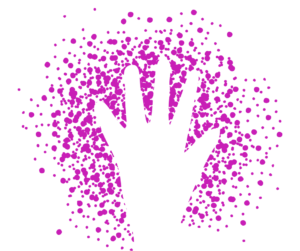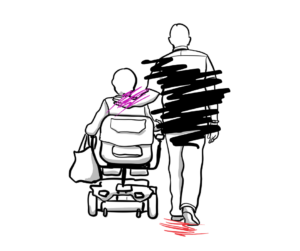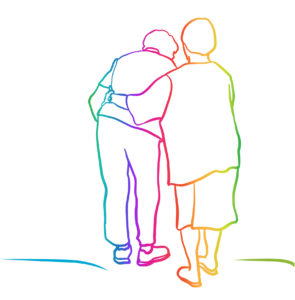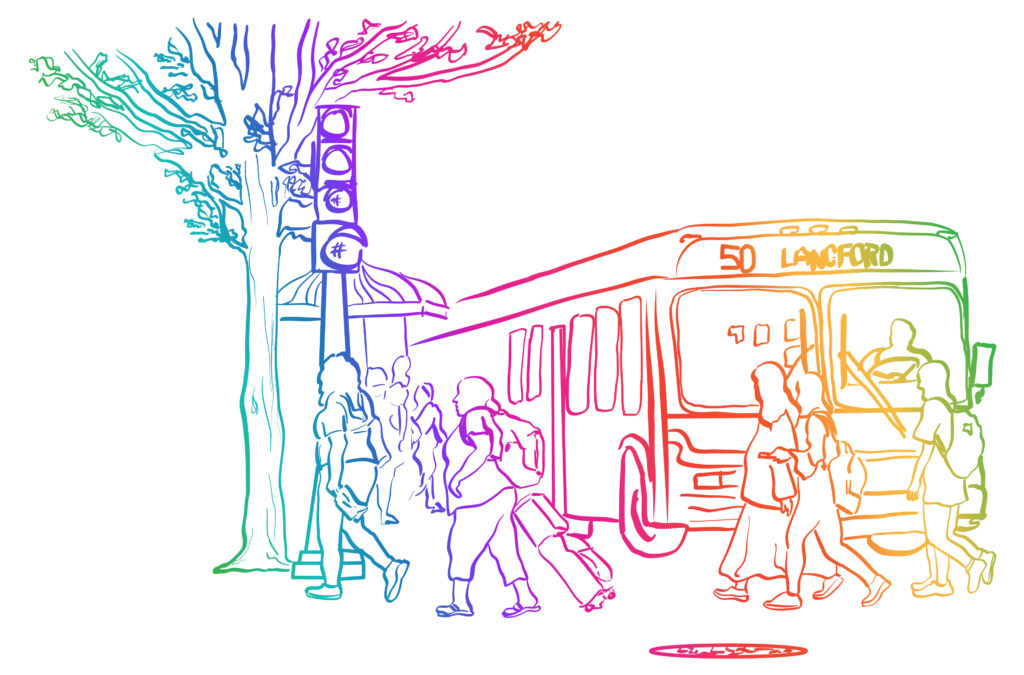How Senior Living Residents Took on a Thief…and Won

By Jill Vitale-Aussem, MMH, LNHA
The names of senior living residents have been changed to respect their privacy.
Working in senior living, we focus much of our sales and marketing efforts on telling people what they will receive if they move to our community. Rarely do we ask the questions: What will the older adult bring to this community? How will they make it a better place?
It’s an interesting paradox. Our communities are full of knowledgeable, experienced individuals. Many are looking for purpose, but too often we view them as passive recipients of services and believe that the paid staff must do everything. Our communities and society lose out when we adopt this perspective. By focusing on elders as people who still have purpose and meaning, we will do more that improve the culture in our communities.
This story illustrates what happens when we recognize the power that elders have in holding meaningful and significant roles in our communities, and in the world.
It started with a report of a missing necklace. I was the executive director of an assisted  living community in Las Vegas and, after completing all the necessary reporting, I wasn’t overly concerned. I assumed the item had been temporarily misplaced and would soon be found. A couple of days later, however, the resident was missing more jewelry and some cash. And a few days after that, I received another report, this time from a different resident. I knew then that this was more than misplaced items. We had a serious theft going on. And it didn’t stop. Every week I had more reports of missing items.
living community in Las Vegas and, after completing all the necessary reporting, I wasn’t overly concerned. I assumed the item had been temporarily misplaced and would soon be found. A couple of days later, however, the resident was missing more jewelry and some cash. And a few days after that, I received another report, this time from a different resident. I knew then that this was more than misplaced items. We had a serious theft going on. And it didn’t stop. Every week I had more reports of missing items.
Each time, I would call the police. They dutifully responded but didn’t offer much hope for identifying the thief. We had them attend staff meetings and our resident council meeting, asking everyone to be on the lookout for suspicious behavior.
Our resident council president, Bill, a big burly Marine with a strong protective instinct and a penchant for salty language, was incensed.
“We gotta find this sonofabitch!” he growled when he learned of the thefts. He then promptly dedicated himself to finding the culprit, patrolling the community in his electric scooter, which prominently displayed a bumper sticker for “The Few. The Proud. The Marines.”
While Bill and the other residents and team members were on high alert, watching for suspicious activity, I started working on a secret sting operation to catch the thief. The interim director of maintenance, Jon, and I came up with a plan. We bought a hidden camera and invisible theft detection powder that would turn the culprits’ hands a bright purple when he or she touched any item that the powder was sprinkled on. Since one resident, in particular, seemed to have a lot of theft activity occurring in her room, we got her permission to set up a sting operation in the living room of her apartment. We left powder-sprinkled money and jewelry in easy view.
We waited. But nothing happened. There were no purple hands. The jewelry and cash went untouched. But while the theft stopped in that apartment, it continued throughout the rest of the community. One morning, the daughter of a 100-year-old woman living with dementia reported that her mother’s wedding and engagement rings, which had not been removed from her finger since she was married 80 years ago, were missing from her hand. We were devastated.
 This time, when I made my police report, a new detective came to the building. He told me about a last-ditch effort that might work. He explained that every item sold in a pawn shop in the Las Vegas area is cataloged with the seller’s information and stored in a database. He asked me to submit data on every employee of the community. I gave the list to the detective by the close of business that day.
This time, when I made my police report, a new detective came to the building. He told me about a last-ditch effort that might work. He explained that every item sold in a pawn shop in the Las Vegas area is cataloged with the seller’s information and stored in a database. He asked me to submit data on every employee of the community. I gave the list to the detective by the close of business that day.
A couple of days later, my phone rang. It was the detective. “We have a match,” he said.
It was Jon—the interim maintenance director. The guy I had trusted to help me with my sting operation. The person who was trusted and loved by residents, family members, and his colleagues. Jon and his wife had pawned thousands of dollars of merchandise over the  prior months.
prior months.
The detective sent me pages and pages of photos of rings, earrings, and necklaces that had been pawned by Jon and his wife. We started working on identifying the items so the police could issue a warrant for Jon’s arrest.
Once an arrest was issued, I called special resident and team member meetings to tell them about Jon. When I broke the news, everyone was devastated. Many were in tears.
Every single person in that community was victimized by Jon, whether he stole from them or not. The residents felt vulnerable and powerless.
Bill, in particular, was crushed. “I just feel so stupid,” he said. “I trusted him. And he took advantage of all of us.
 I was fortunate that my boss during this situation was a wise man named Dale Zulauf. He and I had many phone calls as the situation was unfolding. Part of me wanted to suppress the theft story and take care of the situation behind the scenes to avoid further stress on the residents, but as we talked, I understood that by taking that route I would be relegating the residents to a victim position. I realized I had a responsibility not only to protect the community, but also to support the residents in reclaiming their power and ensuring justice was done.
I was fortunate that my boss during this situation was a wise man named Dale Zulauf. He and I had many phone calls as the situation was unfolding. Part of me wanted to suppress the theft story and take care of the situation behind the scenes to avoid further stress on the residents, but as we talked, I understood that by taking that route I would be relegating the residents to a victim position. I realized I had a responsibility not only to protect the community, but also to support the residents in reclaiming their power and ensuring justice was done.
As we continued to identify additional pieces of pawned jewelry, the detective kept us informed of the new charges. He warned us that the Las Vegas district attorney’s office had their hands full with “big” crimes and would likely let Jon plea bargain just to get the case through the courts. Jon could, he said, end up serving no jail time.
We could make a difference, the detective said, if we stayed on the DA’s office and pressured them to reject a plea bargain. I talked with the residents and asked what they wanted to do. “Let’s get that sonofabitch,” said Bill. The others agreed. We worked together and called and wrote the DA’s office regularly, demanding justice.
Finally, we were notified of Jon’s sentencing date. The detective asked if I would make a statement at the sentencing. As had become our custom, I asked the residents how they wanted to proceed. “Yes! We’d like you to make a statement,” they said, “but we’re going with you.”
On the day of Jon’s sentencing, there was an air of excitement and purpose in the community. As we filled every seat on the community bus and headed for city hall, those who stayed behind at the building cheered us on from the door, wishing us luck and waving goodbye as we left.

It was quite a sight as we poured out of the bus and approached the security checkpoint at the courthouse.
“What’s going on?” asked the guards, clearly puzzled by this influx of walkers and wheelchairs.
We filed into the courtroom and sat and waited. Then Jon and his attorney entered the courtroom. Bill, sitting next to me, growled. All of us glared at Jon. He looked away.
We listened to the proceedings and, when it was time, I made my statement asking for the maximum sentence. I introduced the residents and explained that I was speaking at their request and on behalf of the woman with the missing wedding rings, who, due to dementia, was unable to speak for herself. I explained how Jon must have pried the rings off her finger as she lay in her bed, powerless to stop him.
The judge sentenced Jon to no less than 5 years in a federal penitentiary. There was an outburst in the courtroom as the residents cheered and clapped. Our bus ride home was full of elation, high fives, and celebration. When we arrived back at the community, those who had stayed behind were waiting outside, cheering and clapping.
It was one of the most powerful and meaningful moments of my life. So often, older people are made to feel and believe that they’re helpless victims. Rather than leaving a dark shadow over the community, the situation brought us together and made us all stronger.
Excerpted from Chapter 7, “Give the Power (and Purpose) to the People” in Disrupting the Status Quo of Senior Living: A Mindshift by Jill Vitale-Aussem.© 2019 by Health Professions Press. For permission to quote from this excerpt, contact rights@healthpropress.com.
Read the book!
 Disrupting the Status Quo of Senior Living
Disrupting the Status Quo of Senior Living
A Mindshift
By Jill Vitale-Aussem, MMH, LNHA
Copyright © 2019 by Health Professions Press, Inc. All rights reserved.
Melding aging research, ideas from some of the most influential thinkers in the aging services field, and the author’s own experiences transforming senior living cultures, this book challenges readers to examine their own biases, question long-held practices, and work toward creating vibrant cultures of possibility and growth.


